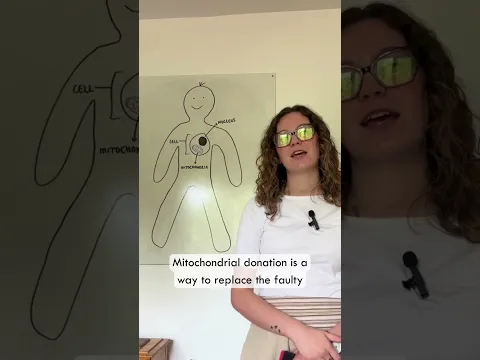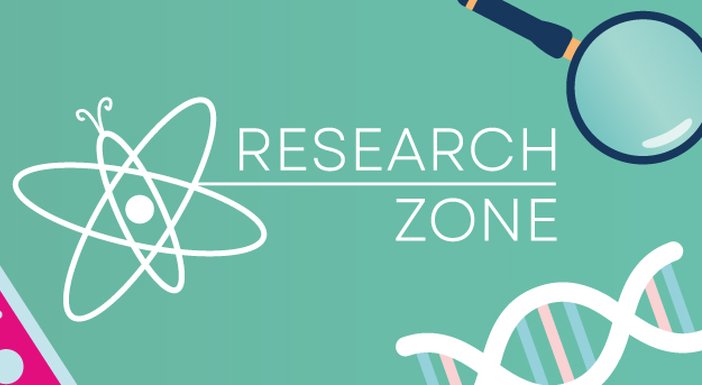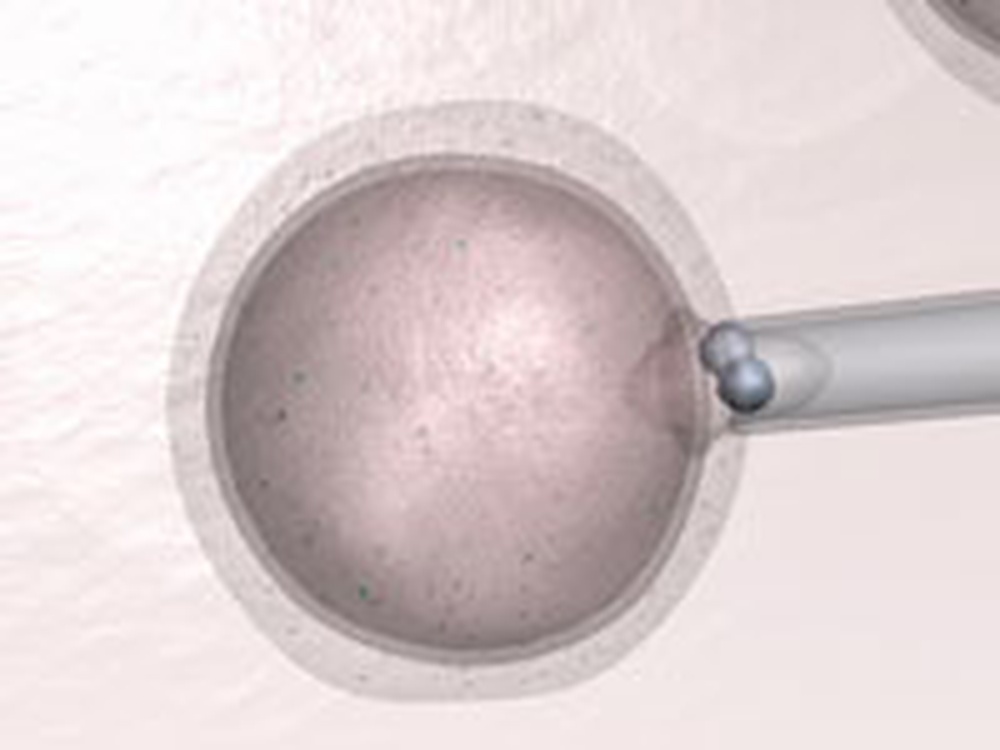What is mitochondrial donation?
Mitochondria are tiny energy-producing structures found in nearly every cell in the body. They act like batteries, powering the functions your body needs to stay alive and healthy. When there's a genetic mistake (called a mutation) it can cause serious illnesses known as mitochondrial diseases.
To understand mitochondrial donation, it helps to know there are two kinds of DNA in human cells:
- Nuclear DNA – inherited from both parents and stored in the nucleus of the cell. It contains most of your genetic information, including traits like appearance, height and personality.
- Mitochondrial DNA (mtDNA) – inherited only from the mother. It contains instructions only for how the mitochondria work. It doesn’t influence how someone looks or behaves.
When mitochondrial DNA has mutations, it can cause disease and because this type of DNA is passed down only from mothers, it can be inherited by children.
That’s where mitochondrial donation comes in.
Mitochondrial donation, also sometimes referred to as mitochondrial replacement therapy, is a cutting-edge fertility technique designed to help women with faulty mitochondrial DNA have healthy, genetically related children.
What’s the science behind mitochondrial donation?
One method of mitochondrial donation is called Pronuclear Transfer (PNT). The goal of PNT is to keep the genetic material from the mother and father, while replacing the faulty mitochondria with healthy mitochondria from a donor. Here's how it works:
- Fertilisation: Eggs from both the mother and a healthy donor are fertilised with the father’s sperm, creating two embryos.
- Transfer: Before the embryos start developing, the nuclear DNA is removed from the mother’s embryo and transferred into the donor’s embryo – which has had its own nuclear DNA removed but still contains healthy mitochondria.
- Implantation: The resulting embryo now has the parents’ nuclear DNA and the donor’s healthy mitochondria. This embryo is implanted into the mother’s womb.
Want to find out more about the technique? Watch as our Research Manager, Maria, explains more.

Who is mitochondrial donation suitable for?
For women at high risk of passing on mitochondrial disease, mitochondrial donation offers a way to have a healthy child who has the DNA from their parents which determines who they are, alongside mitochondrial DNA from the donor that tells the body how to make and maintain healthy mitochondria.
Why are we talking about mitochondrial donation now?
The Lily Foundation are delighted to hear the announcement today of the publication from an ongoing research study at Newcastle University which reveals that eight healthy babies have been born through this technique.
Mitochondrial donation IVF represents a real breakthrough that promises hope for many families who carry mitochondrial DNA mutations, giving them the option to have a healthy baby.



